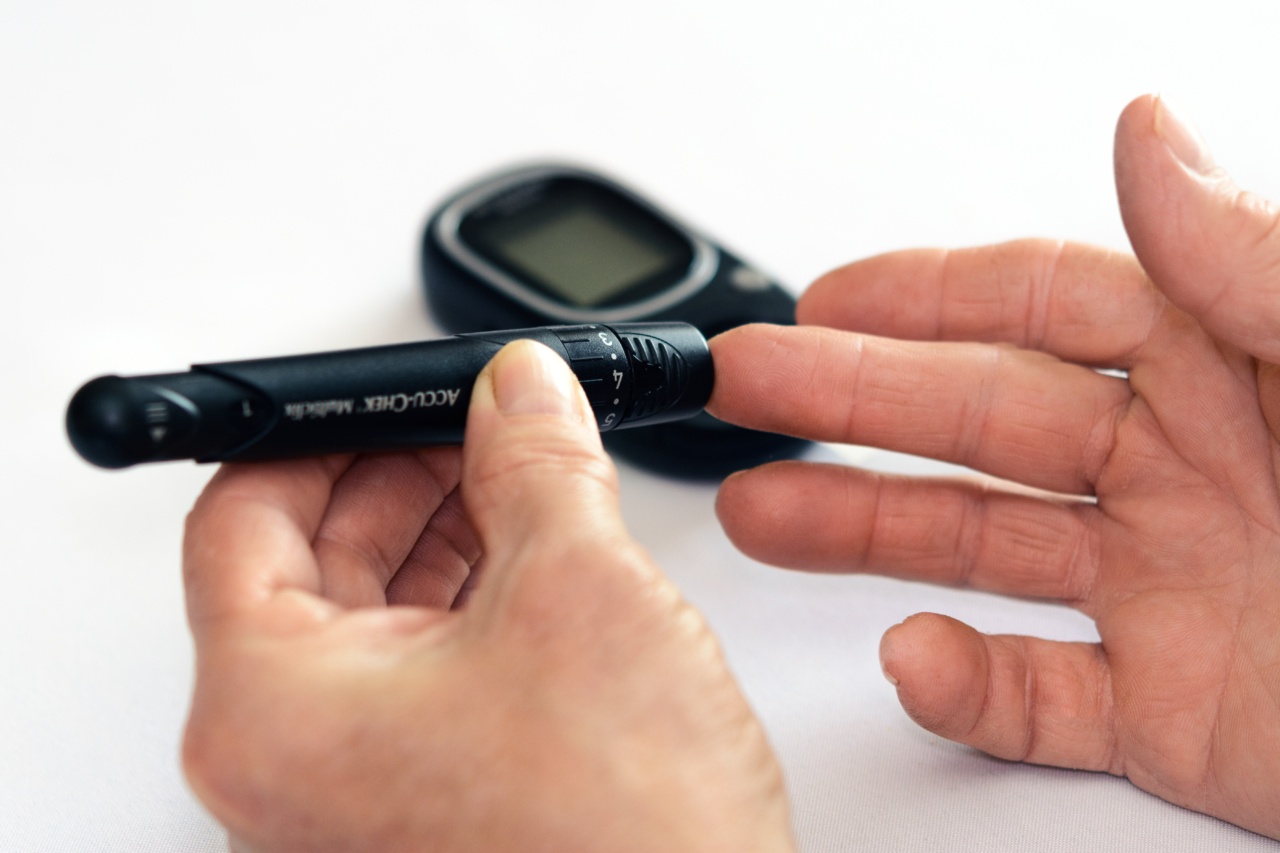As much as we may overlook them, our gums play a crucial role in maintaining overall oral health. Healthy gums are firm, pale pink, and tightly hug our teeth.
However, when there are underlying health issues, our gums may exhibit various symptoms that may require attention. One such aspect is the appearance of gum fingers, which can be an indication of potential health problems.
In this article, we will explore the importance of gum health, discuss what gum fingers are, and delve into the link between gum fingers and different health conditions.
Understanding Gum Health
Before understanding the significance of gum fingers, it is essential to recognize the importance of overall gum health.
Our gums act as a protective barrier, keeping bacteria and other harmful substances from reaching the underlying structures of our teeth. When our gums are not in good health, they become more susceptible to infections and diseases.
Healthy gums are not only an indicator of oral health but also reflect our general well-being. They exhibit specific characteristics that may change when there are underlying health issues.
By paying attention to these changes, we can identify potential health problems and seek timely assistance from healthcare professionals.
What are Gum Fingers?
Gum fingers, also known as papilla, are the triangular-shaped tissues that lie between our teeth. They are essentially extensions of our gums that fill the gaps between adjacent teeth.
Under normal circumstances, gum fingers are healthy, firm, and pink in color.
However, when there are health issues or oral conditions, gum fingers can undergo changes, which can be an indication of underlying problems.
These changes may manifest as gum inflammation, pain, swelling, discoloration, bleeding, recession, or infection. Recognizing these changes and understanding their potential implications can help individuals take prompt action and prevent further complications.
Common Health Problems Indicated by Gum Fingers
1. Gum Inflammation:.
Gum inflammation, also known as gingivitis, is the initial stage of gum disease. When plaque and tartar accumulate on the teeth, they irritate the gums, leading to inflammation and swelling. As a result, gum fingers may appear red, puffy, and enlarged.
2. Gum Pain:.
Various factors can contribute to gum pain, including tooth abscess, gum abscess, gum injury, or oral infections. These conditions can cause discomfort, tenderness, and soreness in the gums, affecting the appearance and texture of gum fingers.
3. Gum Swelling:.
Gum swelling is often associated with an underlying infection or inflammation. It can be a result of gum disease, abscesses, or other systemic health issues. Swollen gums can make the gum fingers appear larger, covering more area between the teeth.
4. Gum Discoloration:.
Changes in gum color can indicate potential health problems. For instance, pale or white gums may be a sign of anemia or other systemic disorders. Dark or purple gums, on the other hand, can indicate gum disease, poor circulation, or even oral cancer.
5. Gum Bleeding:.
Bleeding gums are often a consequence of inadequate oral hygiene or gum disease. When the gums become inflamed or infected, they may bleed while brushing, flossing, or even spontaneously.
This bleeding can cause gum fingers to appear red, swollen, and sensitive.
6. Gum Recession:.
Gum recession refers to the loss of gum tissue that exposes the root surfaces of the teeth. It can occur due to aggressive brushing, gum disease, hormonal changes, or other factors.
The recession can make gum fingers shorter and less prominent, making the teeth appear longer than usual.
7. Gum Infection:.
Gum infections, such as periodontal abscesses, can lead to swelling, pain, and pus-filled pockets around the gums. In severe cases, the infection may cause gum fingers to recede and lead to the formation of deep periodontal pockets.
8. Poor Oral Hygiene:.
Inadequate oral hygiene can contribute to various gum problems, including gum disease and tooth decay. When oral hygiene is neglected, plaque and tartar build-up can irritate the gums, leading to gum inflammation, bleeding, and changes in gum fingers.
Taking Care of Gum Health
Proper oral hygiene practices are key to maintaining healthy gums and preventing potential health problems indicated by gum fingers. Here are some measures individuals can take to promote gum health:.
1. Brushing: Regularly and properly brushing your teeth and gums using a soft-bristle toothbrush and fluoride toothpaste helps remove plaque and maintain gum health.
2. Flossing: Daily flossing helps remove plaque and food particles from between the teeth and gumline, preventing gum disease and gum irritation.
3. Oral Rinse: Using an antimicrobial mouthwash can help reduce the bacterial load in the mouth and maintain oral hygiene.
4. Regular Dental Check-ups: Visiting a dentist at least twice a year for professional cleanings and examinations is essential to identify and address any potential gum problems.
5. Healthy Diet: Eating a balanced diet that is low in sugar and rich in fruits, vegetables, and nutrients can promote gum health.
6. Avoid Tobacco: Tobacco use can significantly contribute to gum disease and oral health problems. Quitting or avoiding tobacco can improve gum health.
7. Stress Management: Stress can contribute to various health issues, including gum disease. Managing stress through healthy coping mechanisms can help maintain gum health.
Conclusion
Gum fingers provide important visual cues about our overall oral health and potential underlying health problems.
By being aware of the changes in gum fingers and understanding their implications, individuals can take appropriate action to prevent further complications. It is crucial to prioritize gum health through proper oral hygiene habits, regular dental visits, and a healthy lifestyle. Taking care of our gums not only promotes oral health but also contributes to our overall well-being.



























